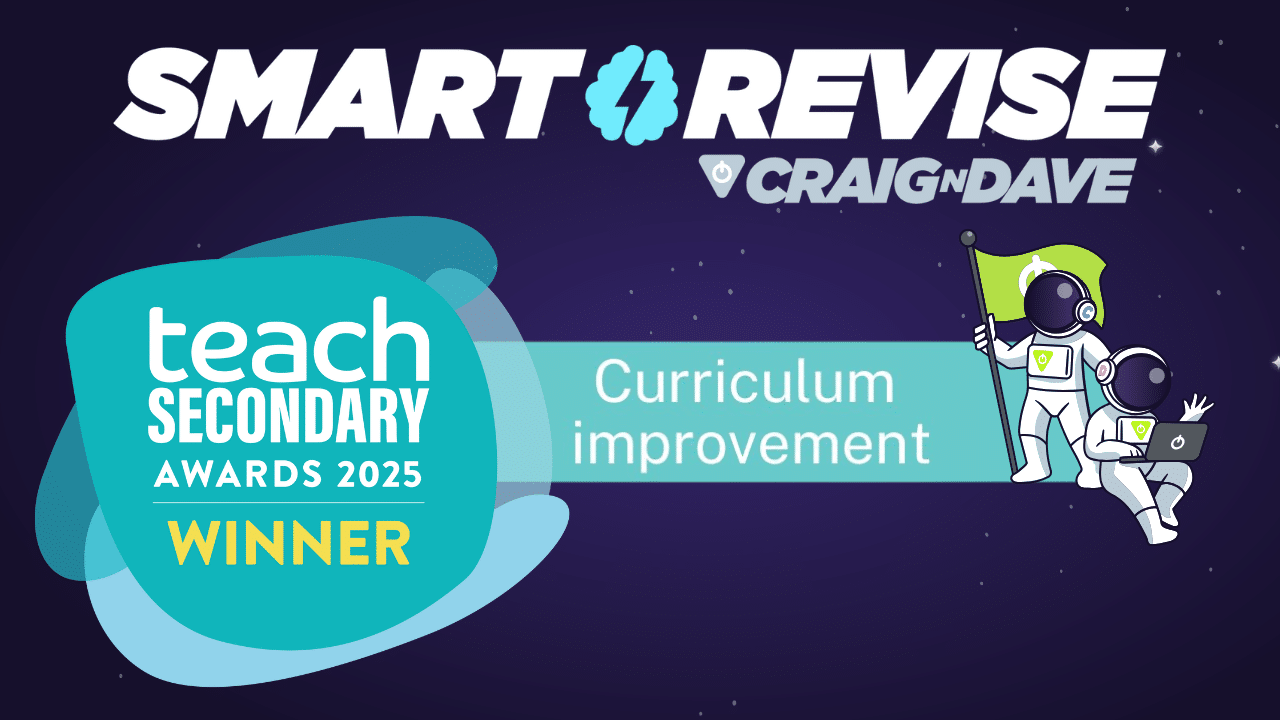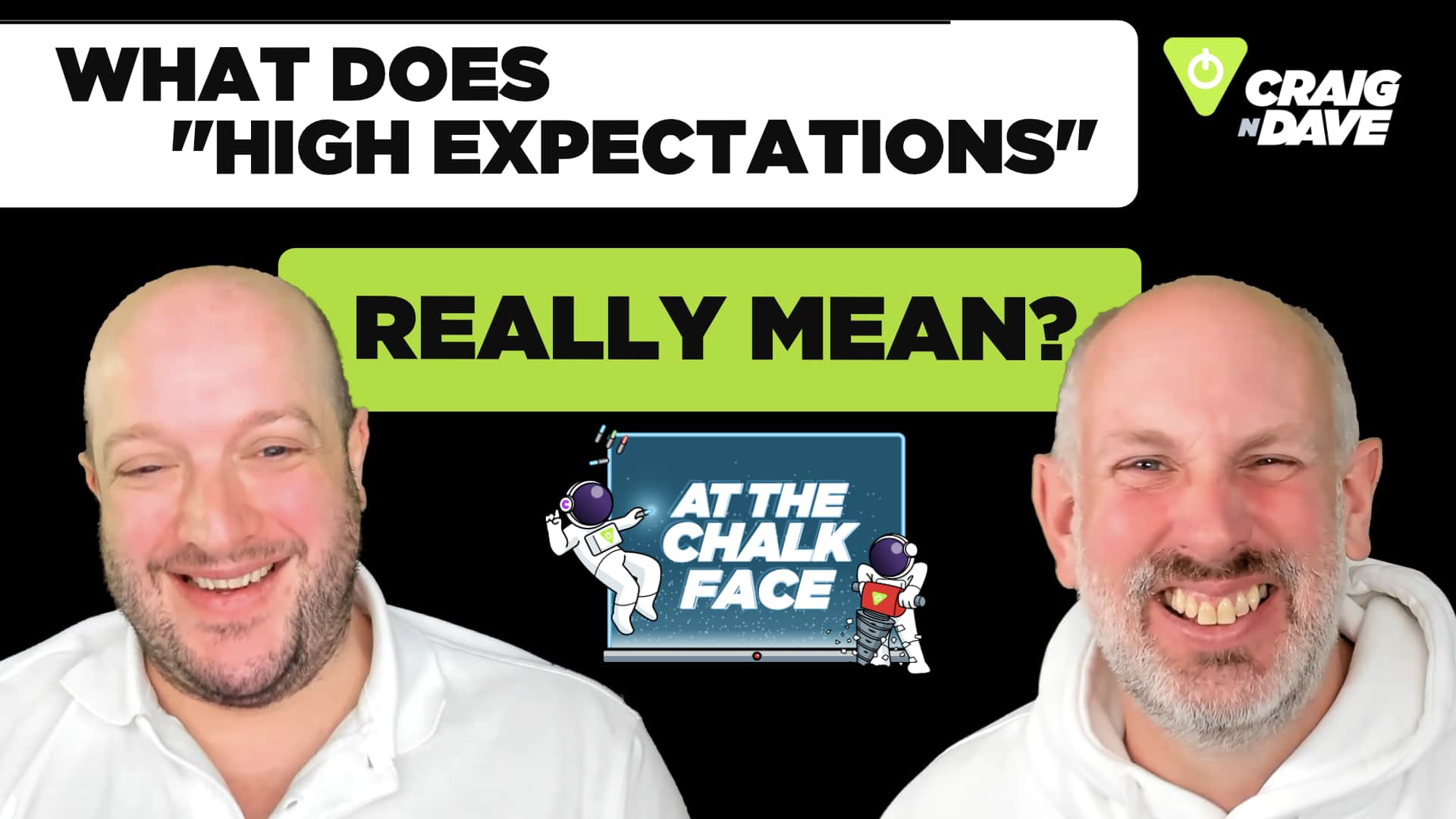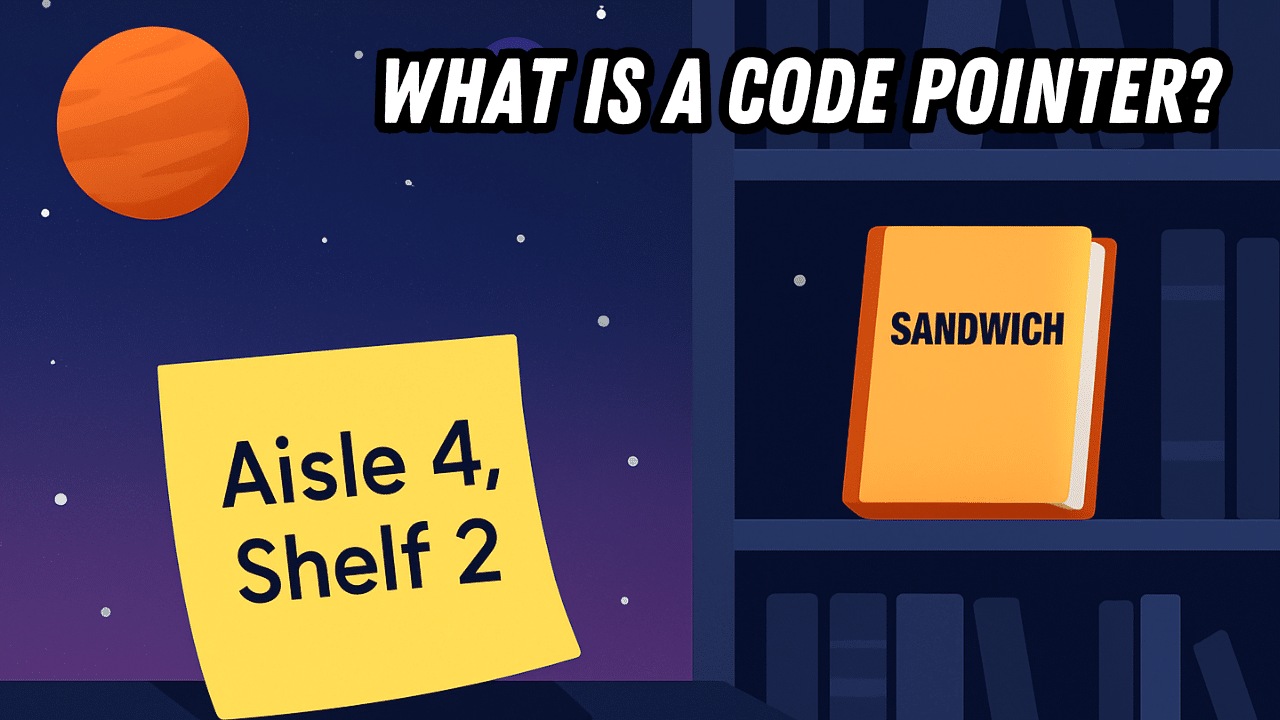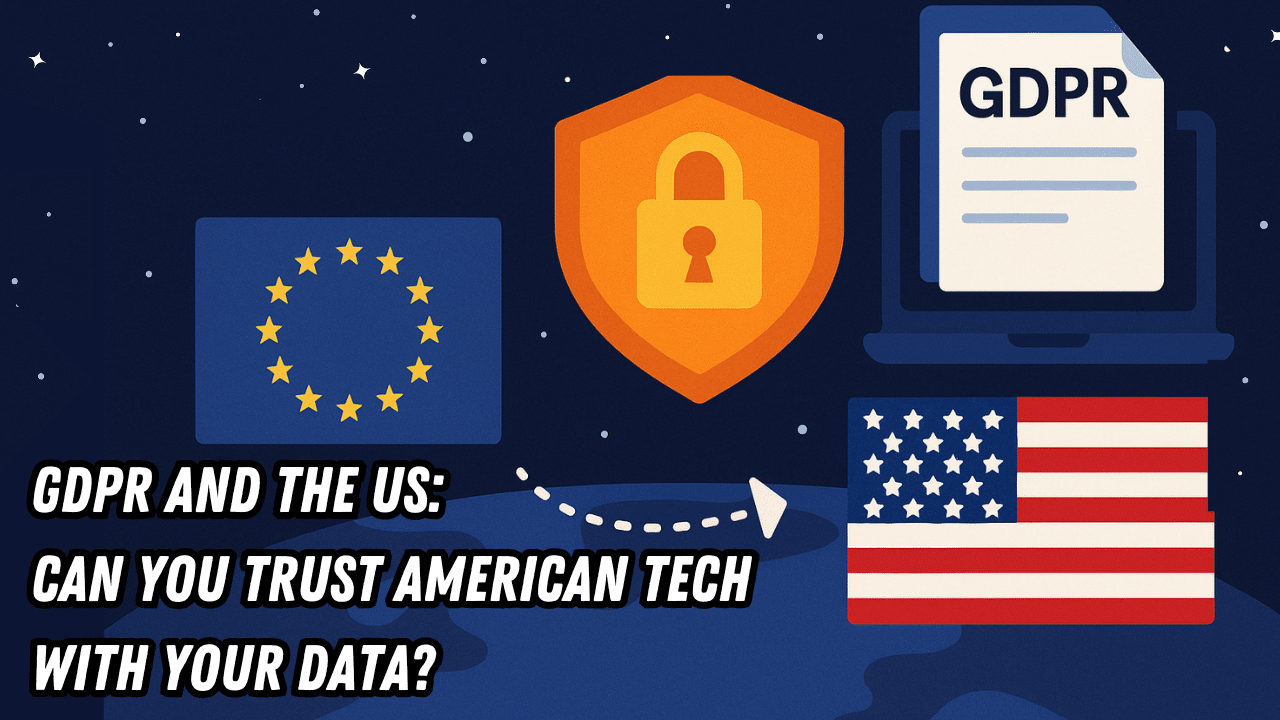23 October 2025
A lot of students are getting confused about the success criteria of the largest number program in level 2. The subprogram requires a value of 1, 2 or 3 to be returned depending on which of three input parameters is the largest. For example, the numbers 4, 6, 3 should result in 2 being returned because the second number is the largest. That is really confusing because there is no number 2!
To make the success criteria and examples easier to understand, the requirements have been changed so that the subprogram should return “first”, “second” or “third” instead. The output statement is then either:
- The largest of the three numbers is the first number.
- The largest of the three numbers is the second number.
- The largest of the three numbers is the third number.
The boilerplate code has not been changed because this still matches the video. The sample tests, flowcharts, Parson’s problem and model solution for teachers have all been updated.











